A community centre in Surrey-Cloverdale, B.C. will be the largest Passive House structure of its kind in North America.
The Clayton Community Centre, located on City of Surrey land, is fully funded at $41.8 million and will integrate library, art, recreation and outdoor spaces into one facility. The federal government is providing $1.3 million for the project.
“We wanted to see if we could prove that we could accomplish Passive House for a building of this kind. We recognize there are some additional challenges in terms of energy efficiency,” said Natural Resources Canada senior science and technology adviser Philippe St-Jean.
“To our knowledge, this is the first building of its kind in North America.”
Designed in partnership with HCMA Architecture and Design, the new 76,000-square-foot community centre is being constructed by EllisDon. The build will feature a library, gymnasium, child care facility, art and music studios, several multi-purpose rooms and a rehearsal hall on the main floor. The second level will contain additional library space, a fitness centre and more multi-purpose rooms, all contained in an energy efficient facility.
Passive House is a construction standard that aims for excellent indoor air quality, improved comfort, simplified operation and minimal to no greenhouse gas emissions (GHG).
“It’s important at an early stage to focus on the details. We had to concentrate on the thermal bridging and making sure the building is air tight is challenging,” St-Jean said.
Besides construction, hiring proved to be another challenge, St-Jean explained. With a substantial amount of green building taking place in British Columbia, the right people had to be found to build a Passive House structure at such a scale.
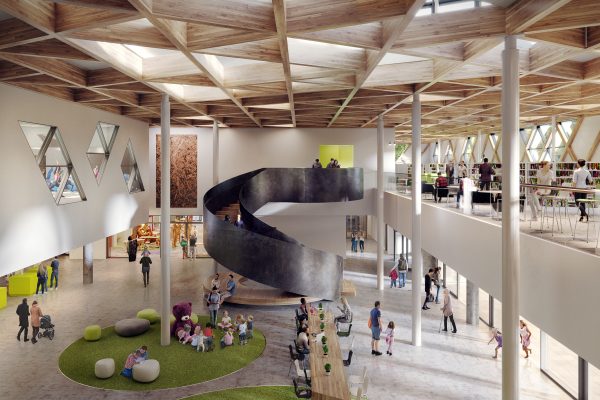
“We also needed to build the business case. You have to pay special attention at the modelling level, to be fully aware of the choices you make. With Passive House you also need additional materials and time to ensure quality, and there’s a higher cost to working at this quality level,” St-Jean said.
“In the end, there needs to be balance between capital expenditures and operating expenditures that make sense for the buyer. Paying a bit more up front can lead to financial benefits long-term, but the primary goal is to reduce greenhouse gas emissions.”
The community centre project was financed under the Energy Innovation Program, an initiative to further research, development and the demonstration of solutions to support the adoption of high-efficiency building codes.
“It’s a competitive process where we provide scope as to what we’re looking for, and with this project we wanted to address the barriers to achieving net zero energy use,” St-Jean said.
The City of Surrey will be the owner and operator of the building. The design is already complete, he added, and construction should start this fall and be complete “over the next year or year-and-a-half.”
“There were efforts made at the design phase to make sure the project can avail itself of the resources and equipment needed,” St-Jean said.
In previous years, equipment certified to a Passive House standard was not accessible in Canada. St-Jean added, but certified equipment is now available.
Natural Resources Canada has been pursuing GHG reduction for more than a decade, he said, starting with smaller buildings. Over the years this has evolved from the R2000 standard to the current Net Zero Energy Ready standard, he added.
In December 2016 the nation’s first ministers released the Pan-Canadian Framework on Clean Growth and Climate Change, which aims to improve the energy efficiency of new construction through increasingly stringent building codes starting in 2020, and an overall goal of provinces and territories adopting a ”net zero energy ready” building code by 2030.
“We started with single detached homes and moved to row homes, and now we’re looking to bigger buildings. We’re also looking at net zero energy communities, buildings such as schools and highrises and multi-unit residential buildings,” he said.
“Now that technology is more accessible and affordable, we’re challenging the industry to achieve high energy efficiency. Passive House is one of the pathways to exploring reduced emissions.”
The Clayton Community Centre is expected to be completed by mid-2020, states EllisDon, adding the design has been shortlisted for a World Architecture Festival award in the Civic Future Projects.


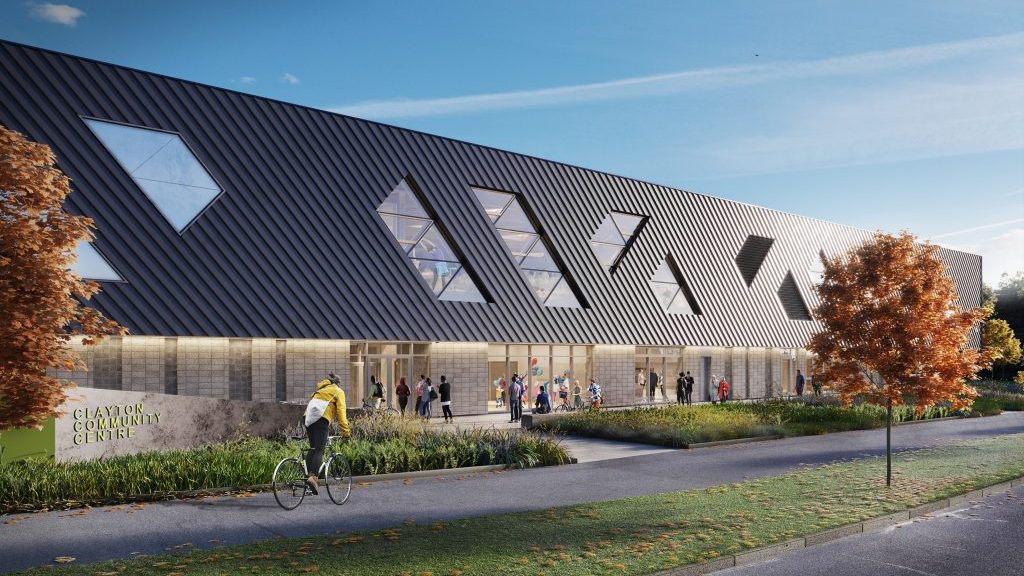

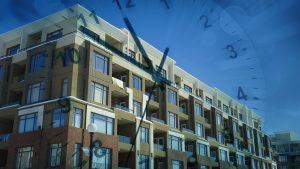
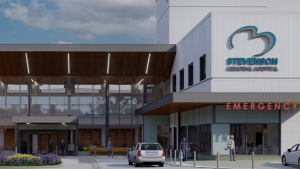



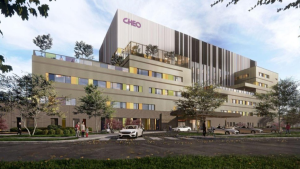
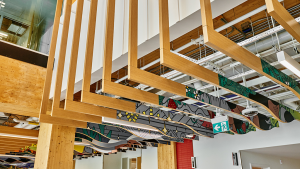
Recent Comments
comments for this post are closed